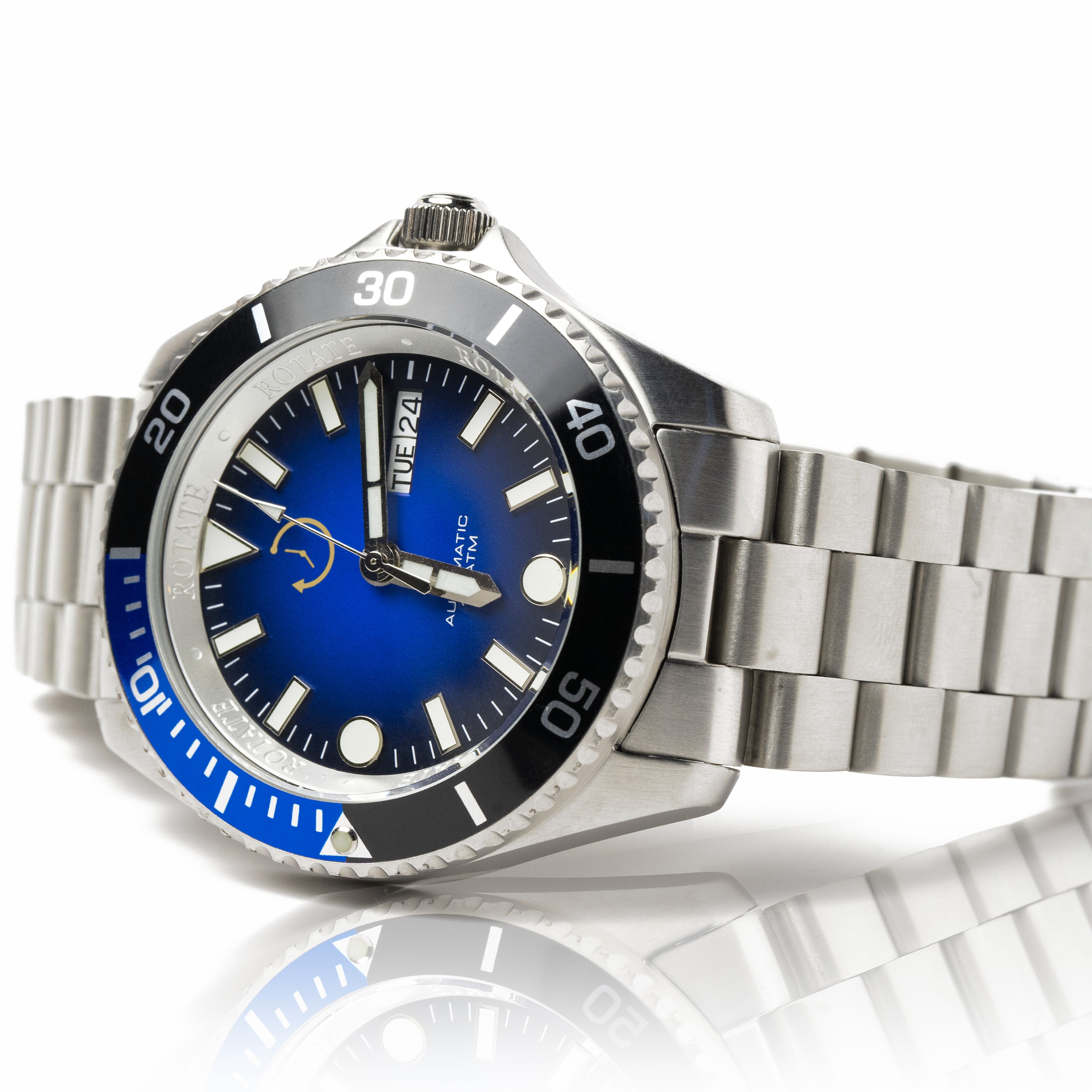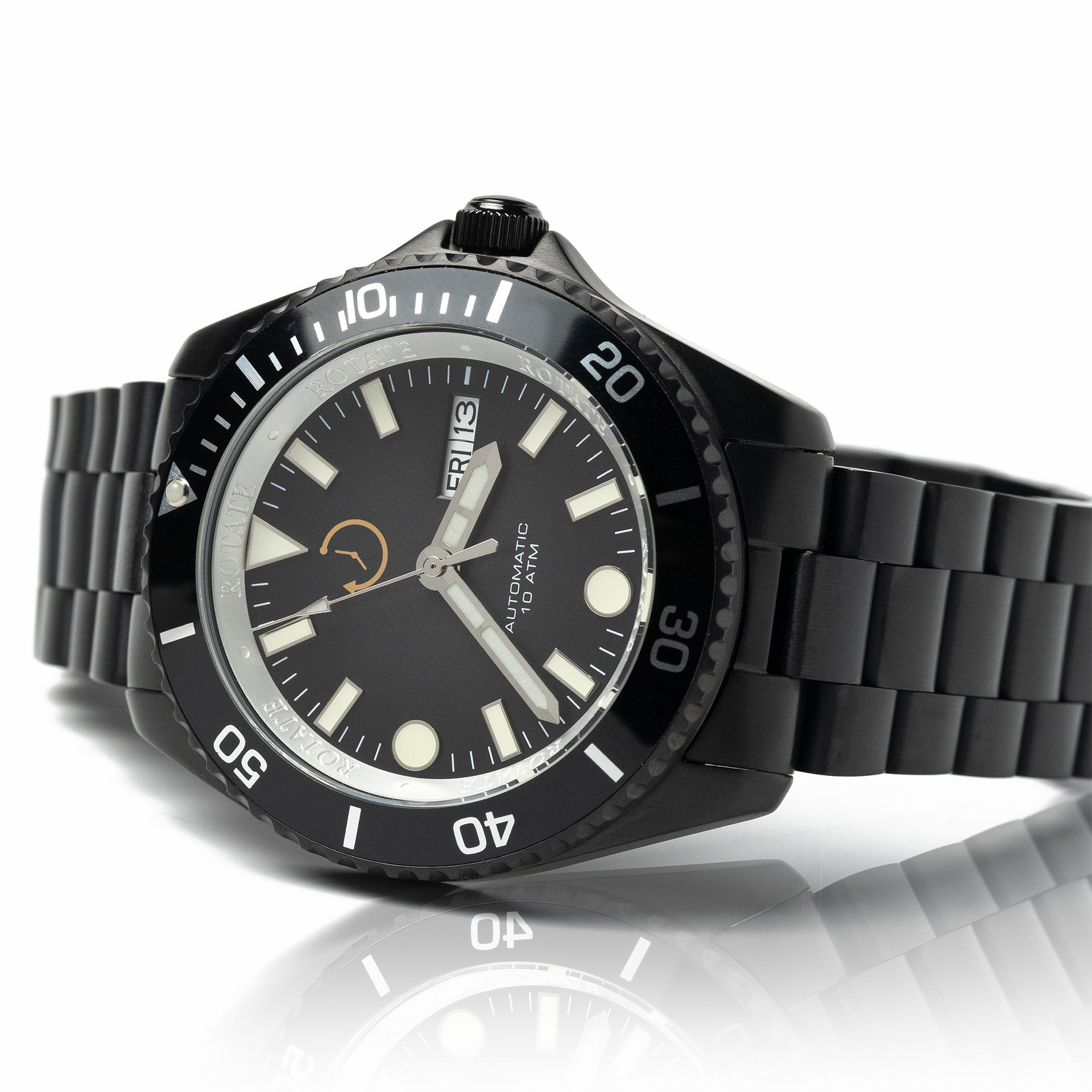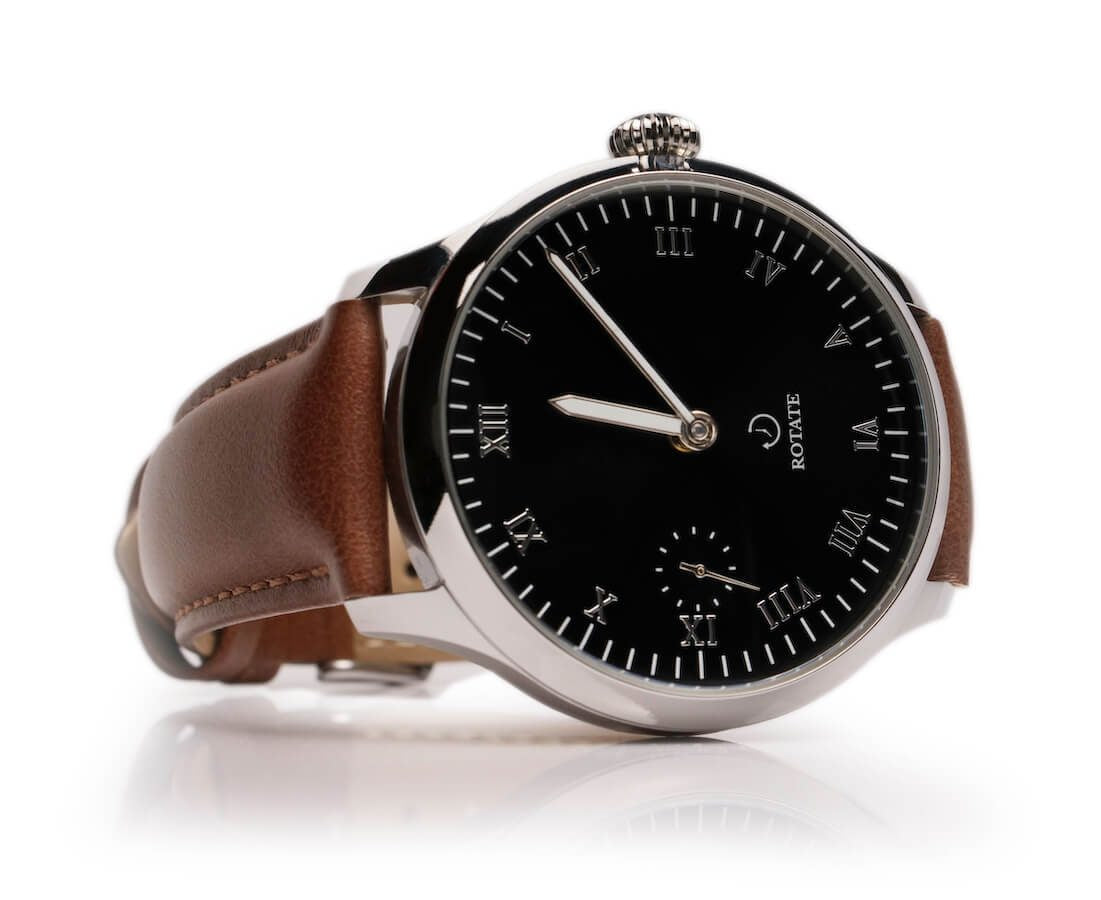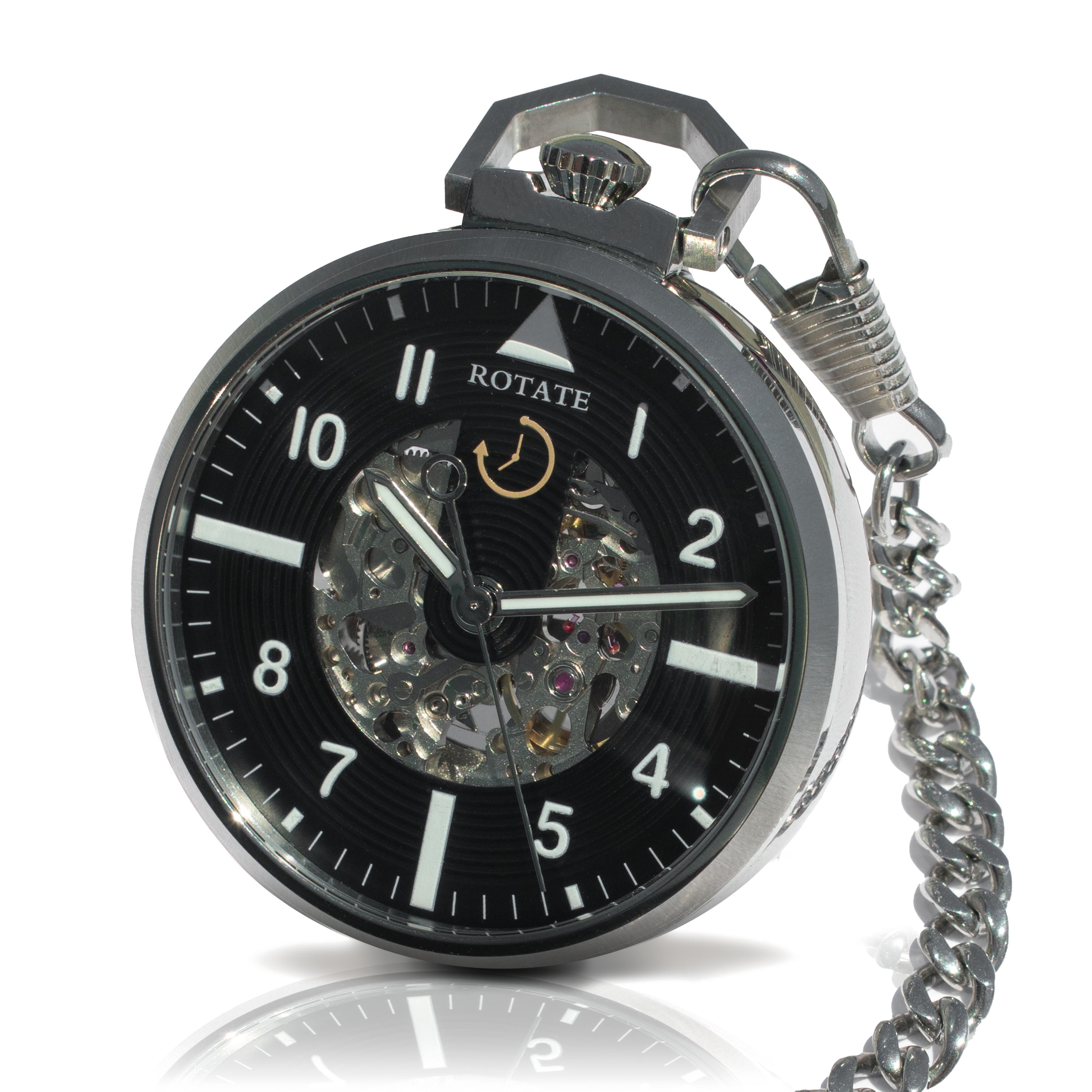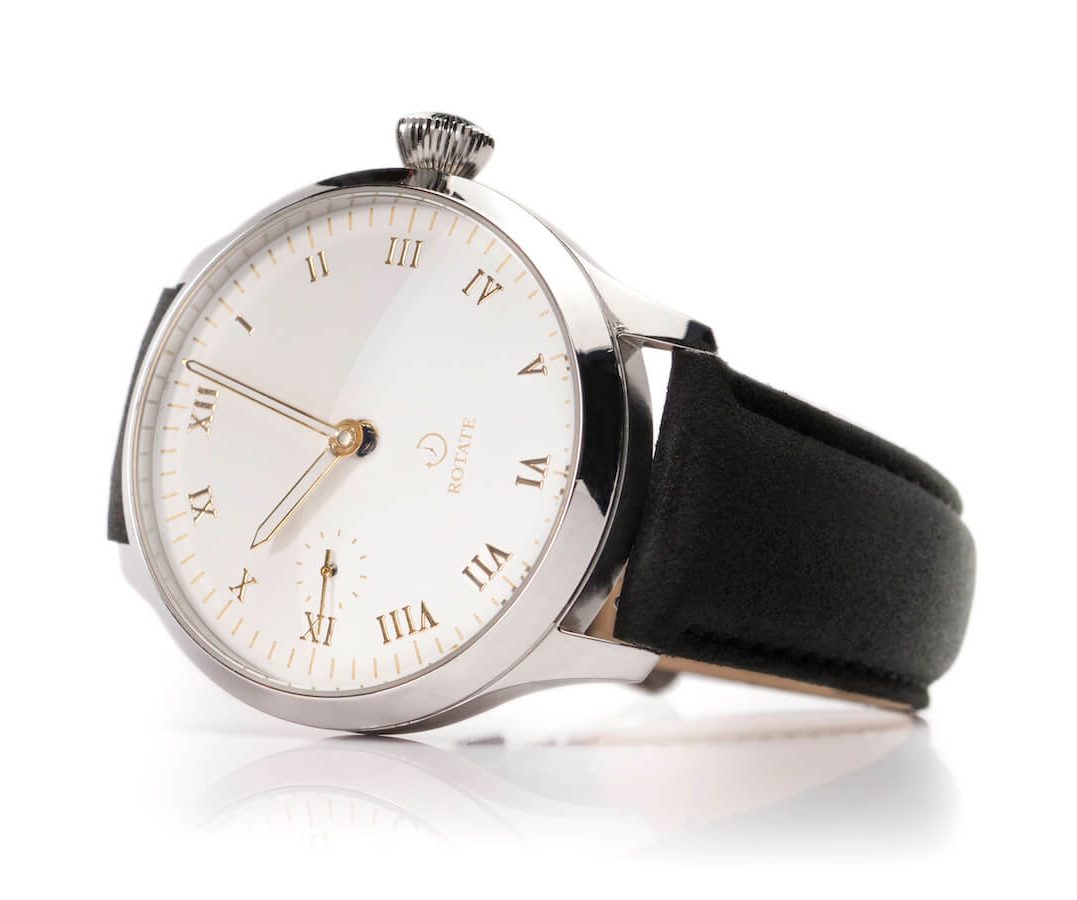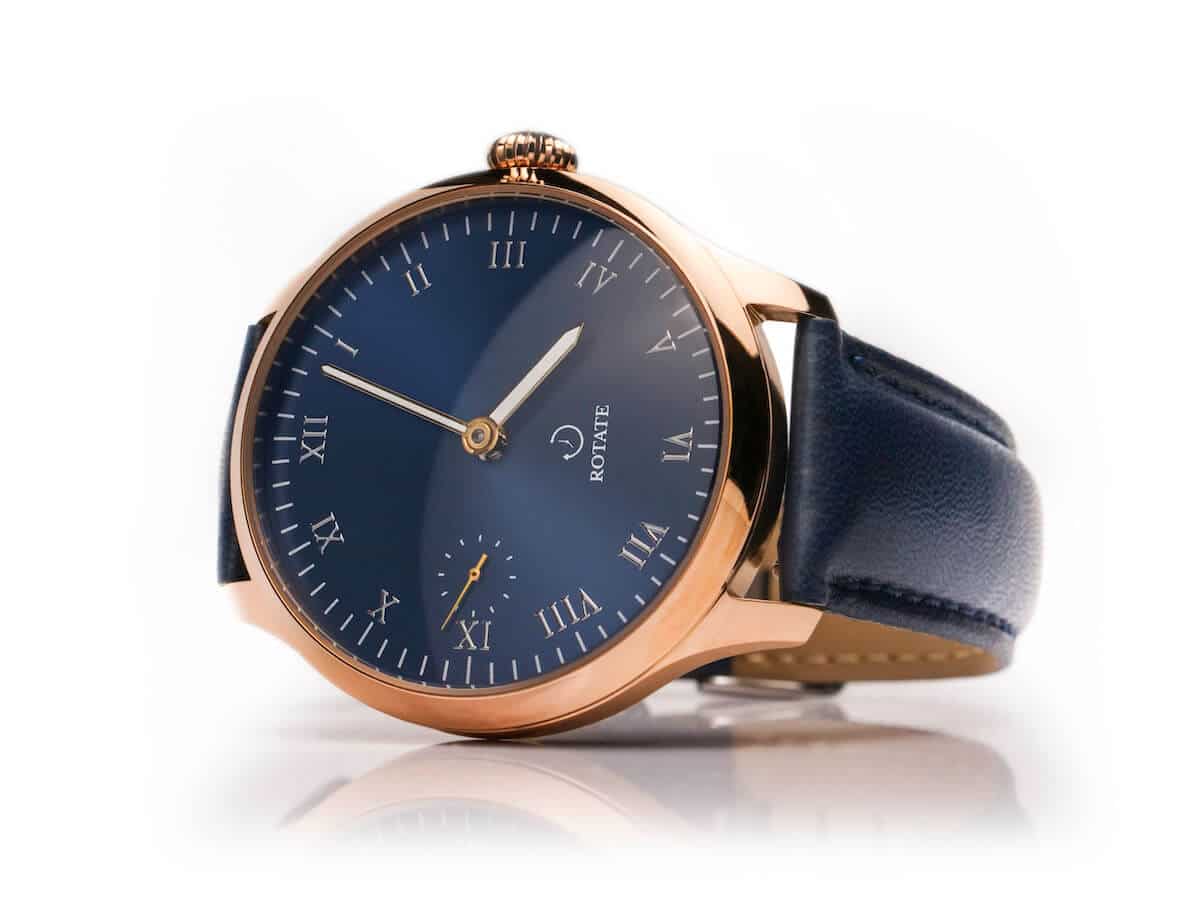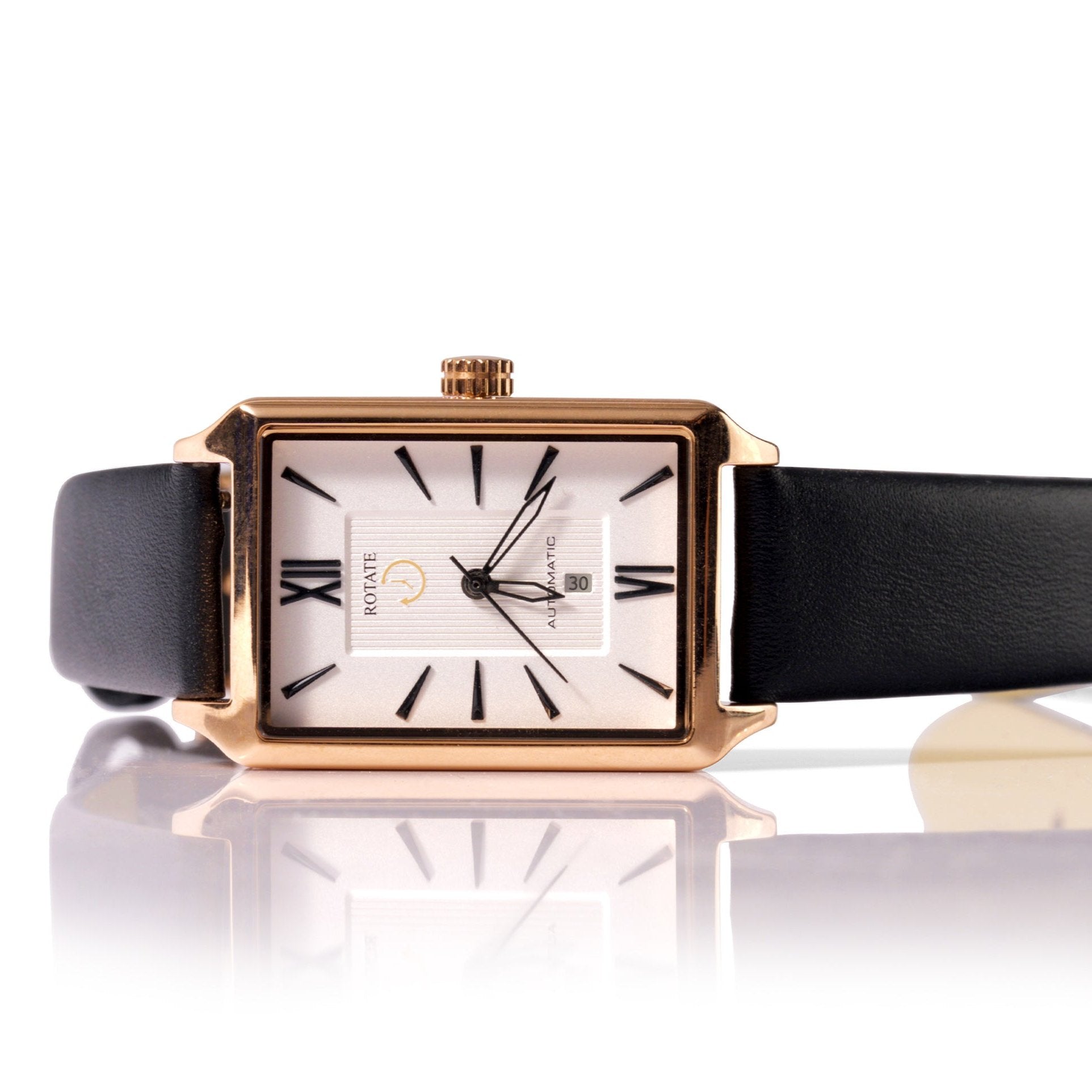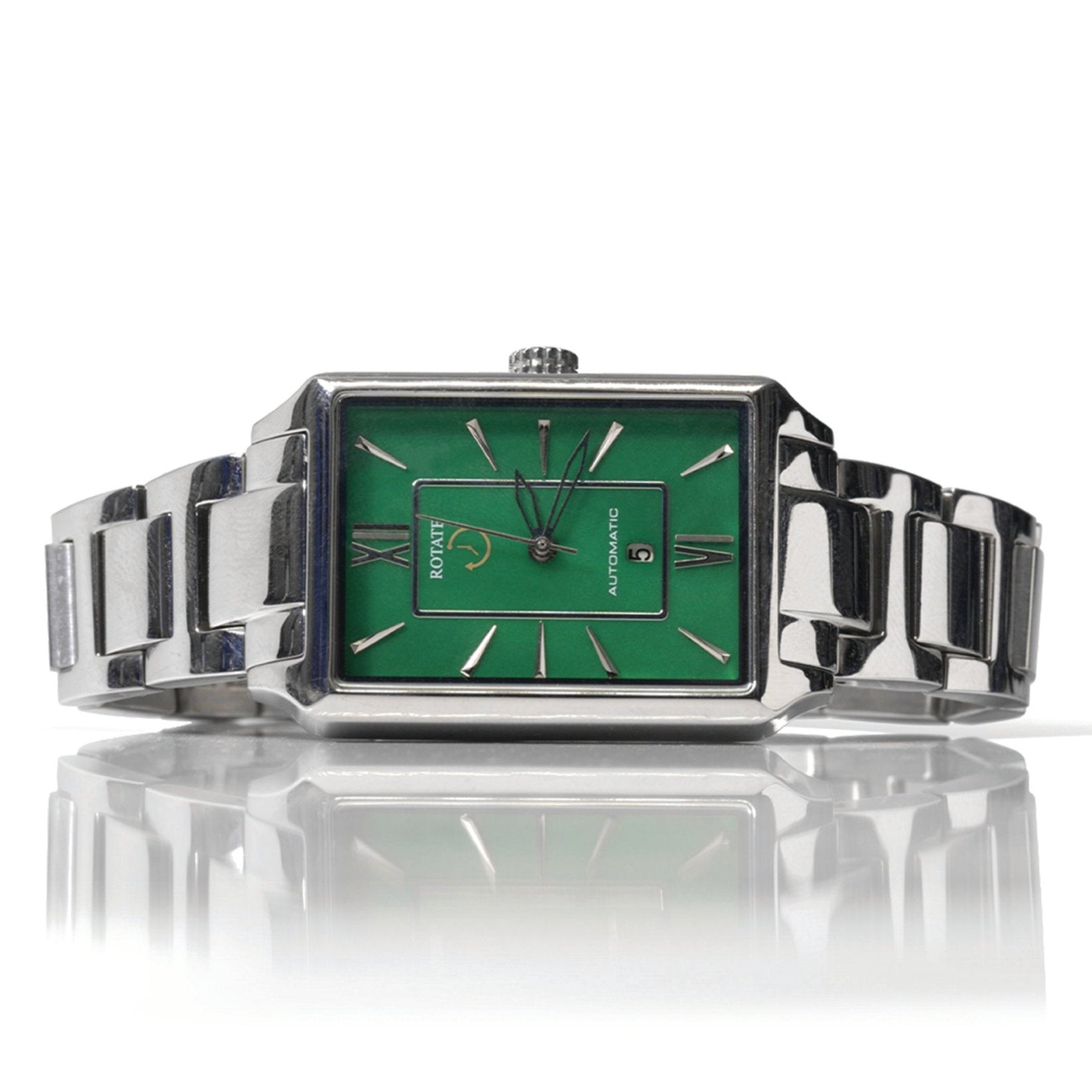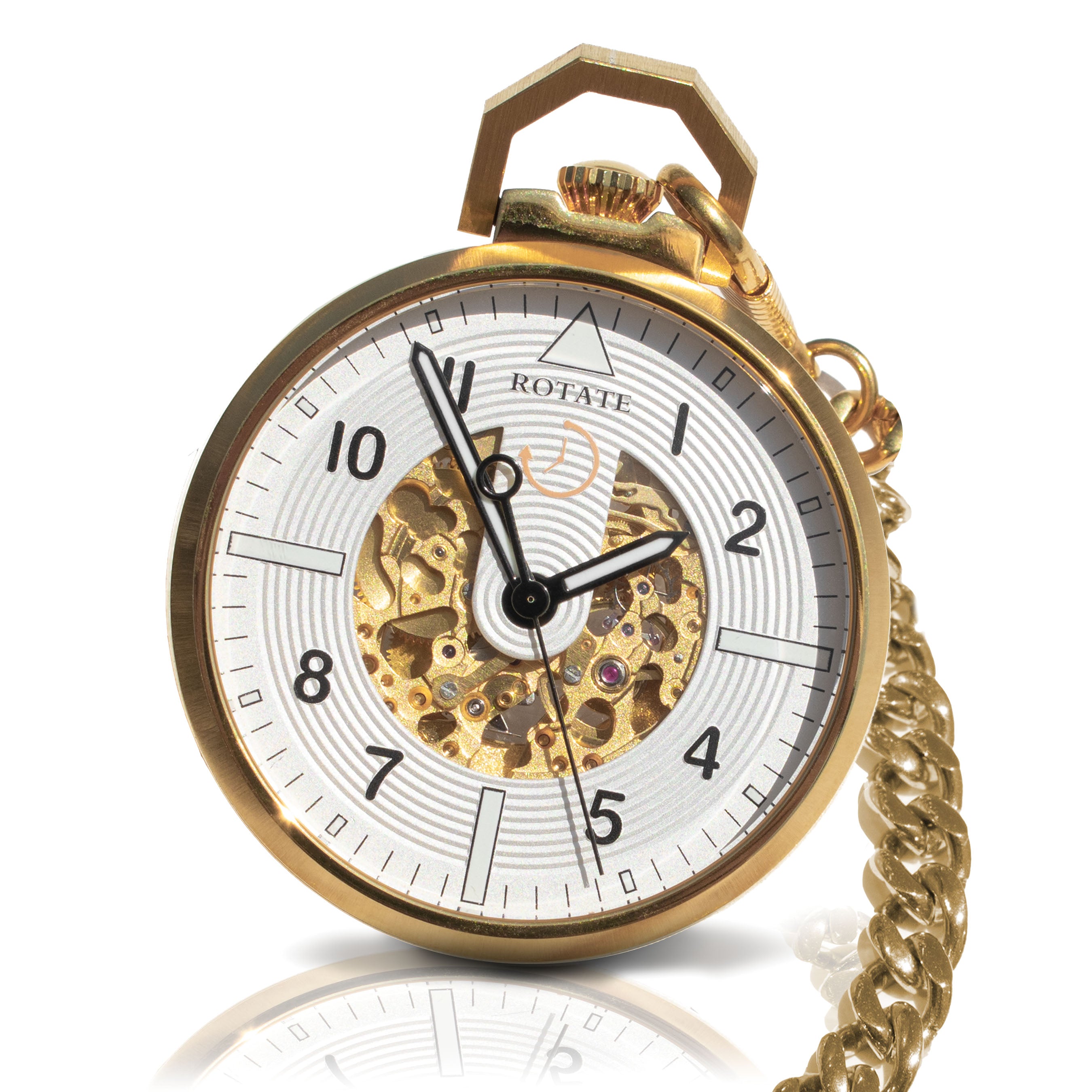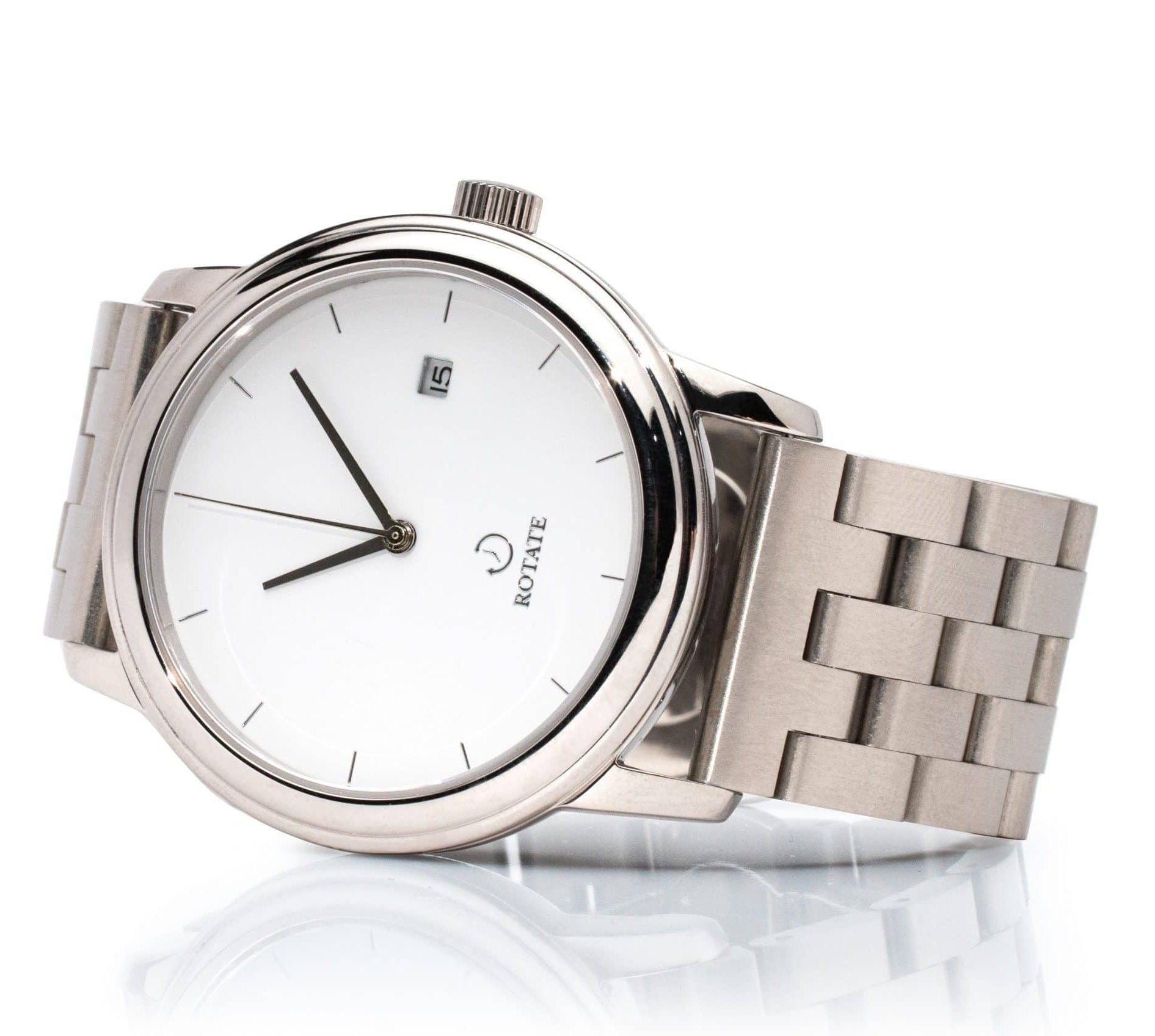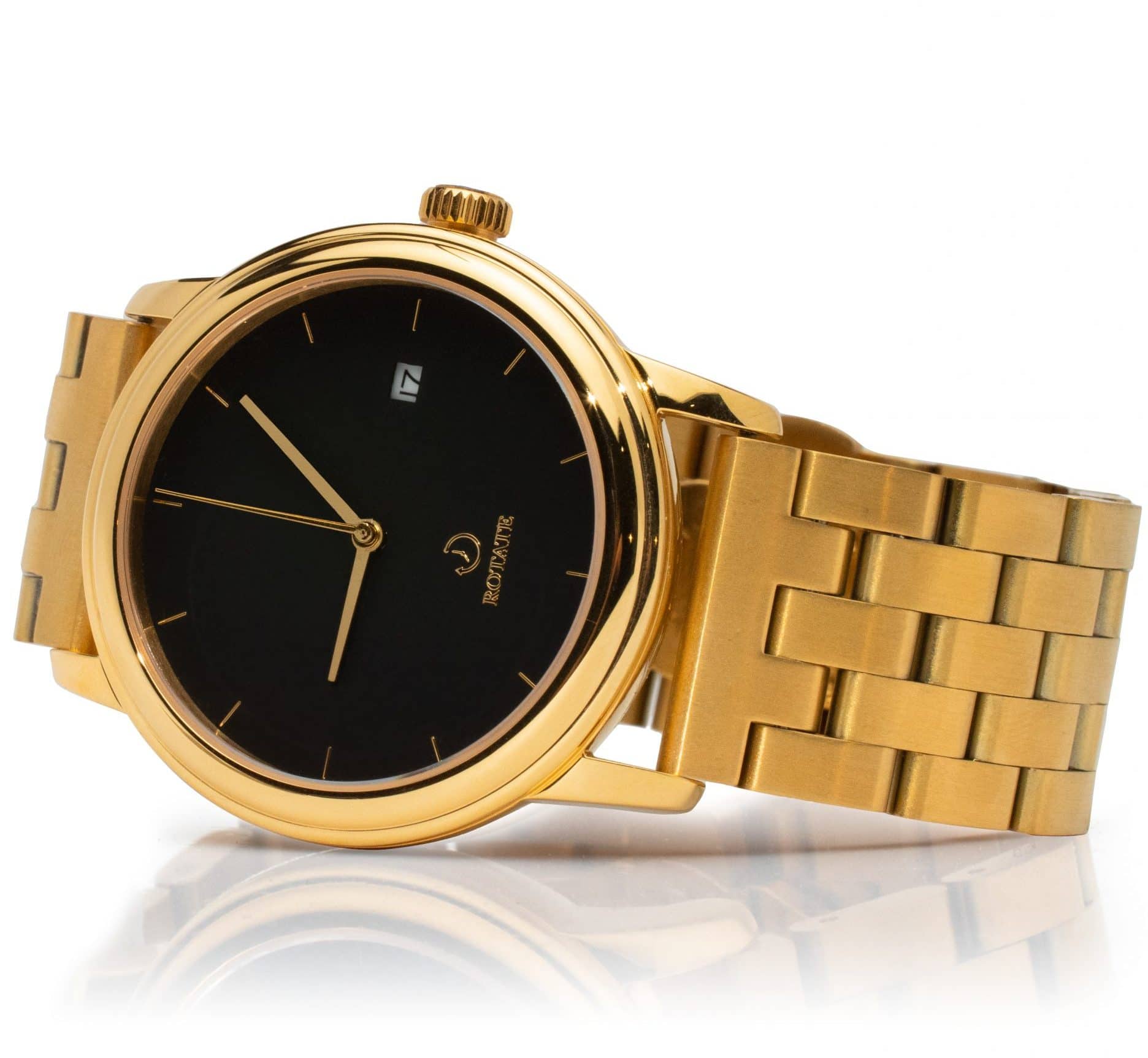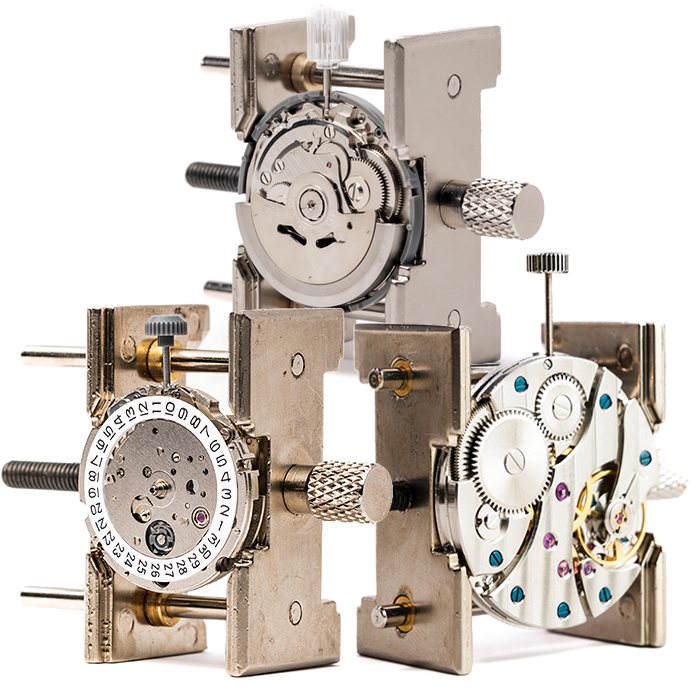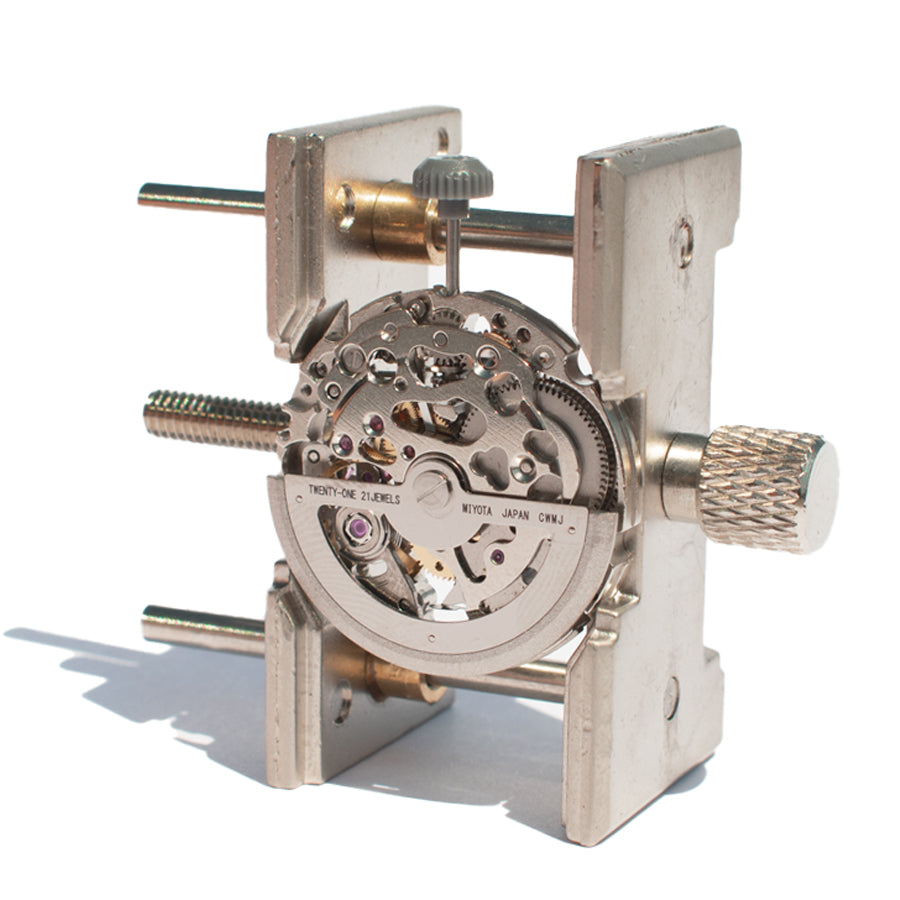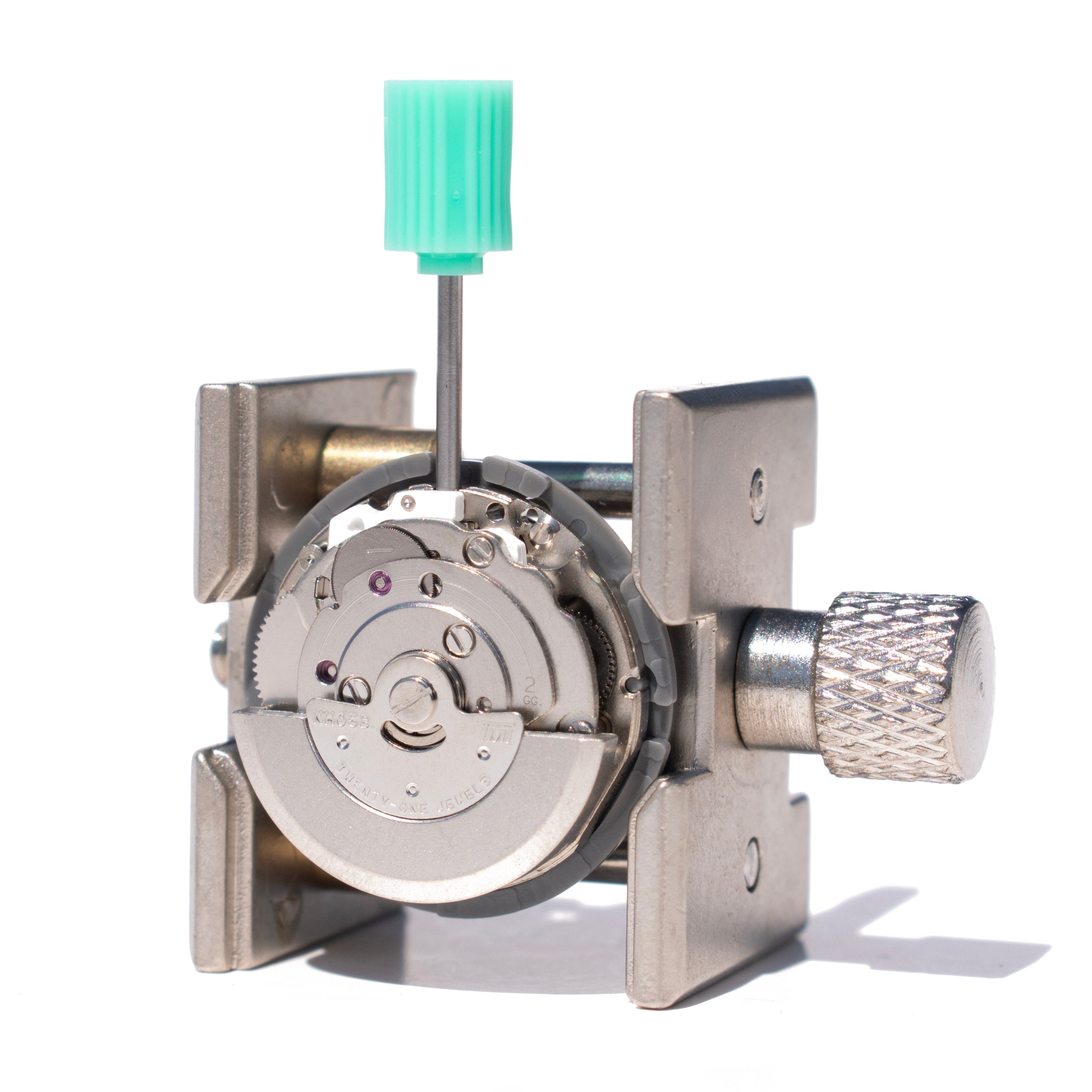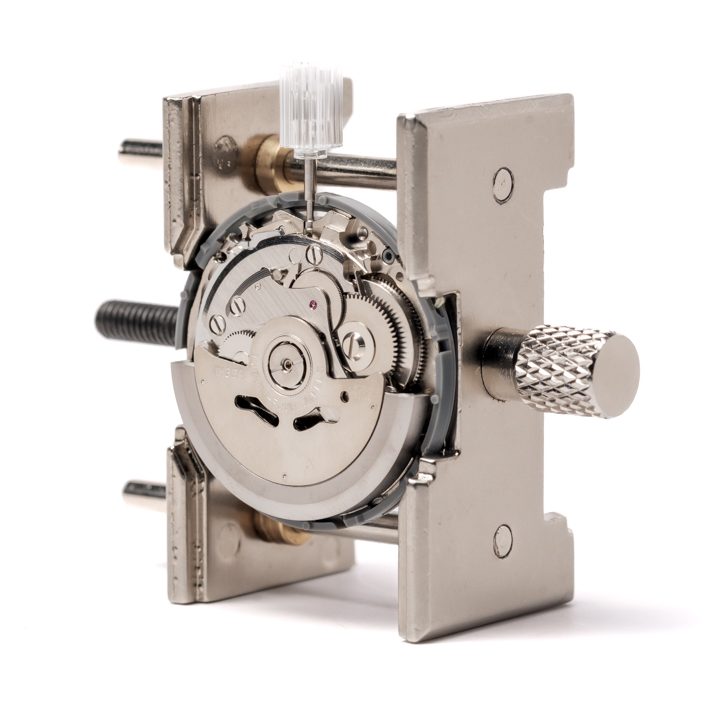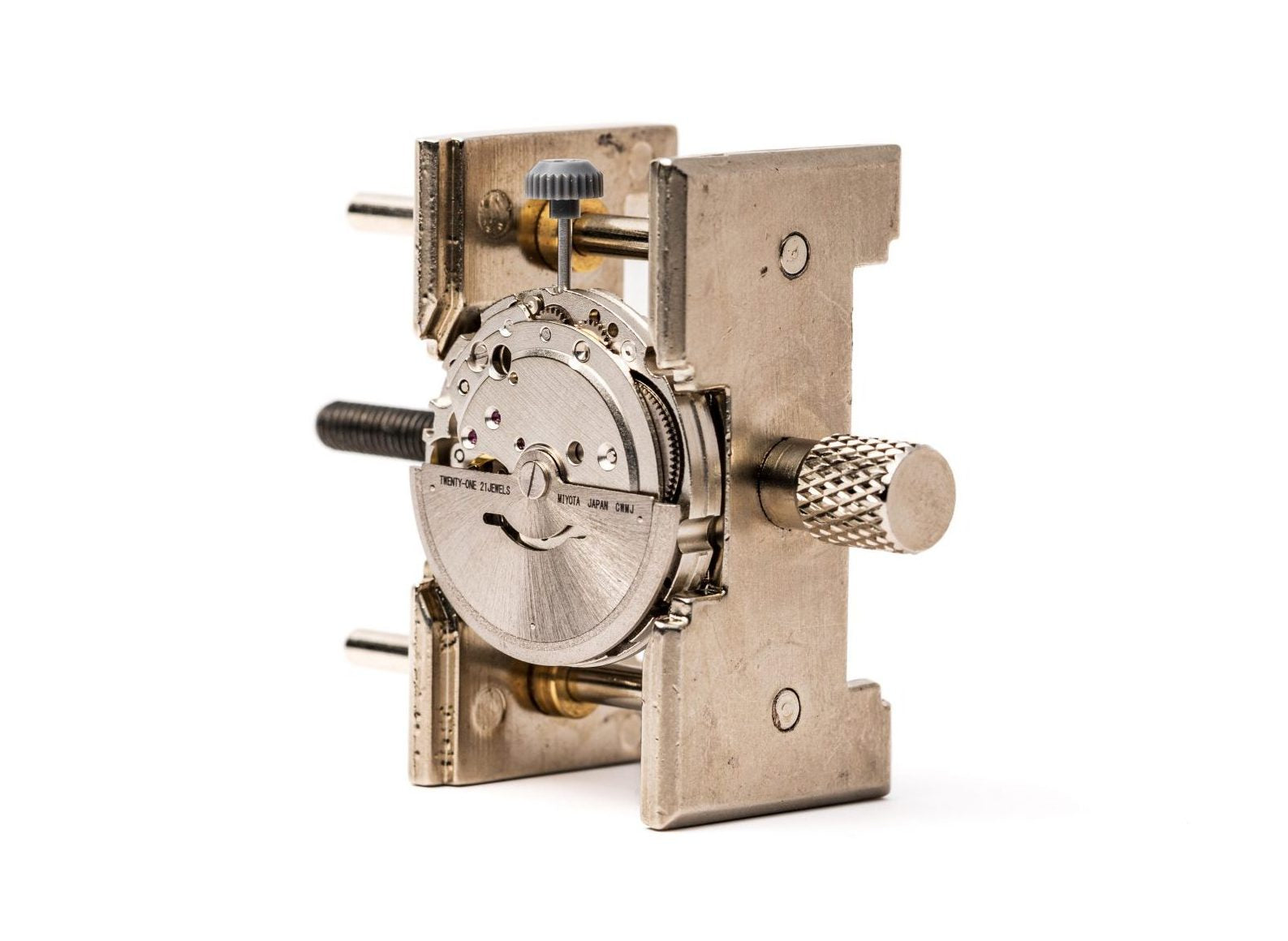
Latest Innovations in Mechanical Watch Shock Resistance
Mechanical watch shock resistance has revolutionized how timepieces withstand daily impacts and extreme conditions. Modern anti-shock systems like Rolex's Paraflex and IWC's SPRIN-g PROTECT use advanced engineering to protect delicate balance wheels and escapements. Silicon components offer superior durability compared to traditional materials, while mechanical innovations in case design create suspended movement systems.
From impact protection technologies in luxury Swiss watches to military-grade solutions, today's timepieces combine centuries-old craftsmanship with cutting-edge materials science. Manufacturers now use bulk metallic glass, urethane cushioning, and patented spring systems to ensure watches survive drops, vibrations, and extreme sports while maintaining precision accuracy.
What Makes Modern Mechanical Watch Shock Resistance Systems So Effective
The shock resistance of mechanical watches has come a long way from the fragile pocket watches of the early 1900s. Today's timepieces can withstand impacts that would have destroyed their predecessors.
Modern anti-shock systems work by creating flexible mounting points for the most vulnerable components. The balance wheel and escapement, which control timekeeping precision, receive special protection through spring-mounted jewel bearings.
These systems allow critical components to move slightly during impact, then return to their original positions. The result is a watch that maintains accuracy even after significant jolts.
1. Traditional Incabloc Protection
The Incabloc system, invented in 1933, remains widely used across the industry. Spring-mounted jewel bearings create a cushioning effect that protects delicate pivots from breaking during impacts.
Most entry-level mechanical watches still rely on this proven technology. While not as advanced as modern systems, Incabloc provides reliable protection for everyday wear.
2. KIF System Advantages
Some manufacturers prefer the KIF system, which uses different spring and setting designs. The approach offers similar protection but with variations in how shock forces are distributed.
Learn more about mechanical watch basics to understand how these systems protect your timepiece.
Revolutionary Anti-Shock Systems in Luxury Timepieces
Premium watchmakers have developed proprietary impact protection technologies that far exceed standard industry solutions.
Rolex's Paraflex shock absorber, introduced in 2005, increased shock resistance by 50% while maintaining chronometric accuracy. The system uses a patented design that bends and displaces during impacts, dispersing energy away from critical components.
3. Patek Philippe's Advanced Engineering
Patek Philippe developed their own Paraflex variant using specialized spring designs. The system provides superior protection while ensuring the balance wheel maintains perfect oscillation.
These innovations represent decades of research into how mechanical innovations can improve timepiece durability without compromising precision.
4. IWC's SPRIN-g PROTECT Technology
IWC's Big Pilot's Watch Shock Absorber XPL features a cantilevered spring suspension system. Made from Bulk Metallic Glass (BMG), the system cradles the entire movement within the case.
Shock forces channel to the case structure rather than the suspended movement inside. The approach protects every component simultaneously rather than just the balance wheel.
Learn more about Swiss movement advantages and how they incorporate advanced protection systems.
How Silicon Components Transform Mechanical Watch Durability
Silicon components represent one of the biggest advances in mechanical watch shock resistance. These parts offer properties impossible to achieve with traditional materials.
Silicon balance springs, also called silicium springs, resist temperature variations and magnetic fields. The material maintains consistent properties across extreme conditions, ensuring accurate timekeeping.
5. Temperature Stability Benefits
Traditional metal springs expand and contract with temperature changes, affecting accuracy. Silicon springs maintain their shape and tension across wide temperature ranges.
The stability means watches keep better time whether worn in hot climates or cold conditions. Professional divers and pilots particularly benefit from this consistency.
6. Antimagnetic Properties
Silicon naturally resists magnetic fields that can disrupt mechanical watch accuracy. Traditional components require special shielding or degaussing procedures.
Silicon parts eliminate these concerns entirely, making watches more reliable in magnetic environments. Modern electronics pose no threat to silicon-equipped timepieces.
Learn more about how accurate mechanical watches can be with modern materials.
Advanced Materials Enhancing Impact Protection Systems
Manufacturers now use exotic materials that were unavailable to earlier watchmakers. These substances offer exceptional shock resistance properties while remaining lightweight.
Bulk Metallic Glass (BMG) combines the strength of metal with glass-like atomic structure. The material absorbs shock energy exceptionally well while maintaining structural integrity.
7. Titanium and Aluminum Integration
IWC incorporates titanium and aluminum into their shock-absorbing systems. These lightweight metals reduce overall case weight while providing excellent impact protection.
The materials resist corrosion and maintain their protective properties over decades of use. Professional watches for extreme environments often feature these advanced alloys.
8. Urethane Cushioning Systems
Casio's G-Shock line pioneered urethane resin for watch protection. The material offers customizable hardness levels and superior vibration damping.
Urethane maintains its protective properties across temperature extremes and resists environmental degradation. The material has proven itself in military and industrial applications.
Innovative Case Designs for Mechanical Watch Shock Resistance
Modern case construction techniques create multiple layers of impact protection around delicate movements.
Suspended timekeeping mechanisms float within hollow case structures, surrounded by cushioning materials. Shock energy dissipates through the cushioning rather than reaching the movement.
10. Triple G Resist Technology
Casio's Triple G Resist protects modules from shock, centrifugal force, and vibration. High-grade αGEL® material sits between the case and movement, absorbing impacts.
The system protects against forces from multiple directions simultaneously. Whether dropped, struck, or subjected to vibration, the movement remains protected.
11. Core Guard Structure
Casio's MT-G line features Core Guard structure combined with Triple G Resist. The dual-protection system provides ultimate toughness for extreme conditions.
Military personnel and extreme sports athletes rely on these protection levels for mission-critical timekeeping.
Learn more about water resistance vs waterproof features that complement shock protection.
Building Your Own Mechanical Watch
Understanding shock resistance becomes practical when building your own timepiece. Quality movements incorporate protective features that enhance durability.
The Seiko NH36 movement includes basic shock protection suitable for daily wear. The 24-jewel automatic movement provides reliable performance.
Choosing Durable Components
Case selection impacts overall shock resistance significantly. Stainless steel cases offer excellent protection while maintaining reasonable weight.
Quality crystals resist impacts that would crack inferior materials. Properly fitted crystals also maintain water resistance after minor impacts.
Assembly Considerations
Proper assembly ensures shock protection systems function correctly. Incorrectly seated components may fail during impacts even with advanced protection.
The Hudson watchmaking kit includes detailed assembly instructions that ensure optimal performance.
Learn more about the anatomy of a watch to understand how protective systems integrate.
Testing and Maintaining Anti-Shock Systems
Shock resistance requires regular maintenance to remain effective. Spring-mounted jewel bearings need proper lubrication and adjustment over time.
Regular Inspection Points
Check for loose components that might indicate failing shock resistance systems. Unusual noises or irregular timekeeping may signal protection system issues.
Visual inspection reveals obvious damage, but internal issues require professional evaluation. Annual service intervals help maintain optimal protection levels.
Time isn't just measured, it's built with your own hands.
Start your watchmaking journey with Rotate Watches, where complete DIY watch kits transform curiosity into craftsmanship. Browse our collection to find your perfect match, from complete watch kits to intricate movement kits.
Your watchmaking story begins with a single screw. Start building today.
FAQ
Q. What is shock resistance in mechanical watches?
Ans. Shock resistance in mechanical watches refers to protective systems that prevent damage from impacts, drops, and vibrations. These systems typically use spring-mounted jewel bearings to allow critical components to move safely during shocks while maintaining accuracy.
Q. How do anti-shock systems work in watches?
Ans. Anti-shock systems work by creating flexible mounting points for delicate components like the balance wheel. When impact occurs, springs allow protected parts to move slightly, then return to their original positions without damage.
Q. What are silicon components in watches?
Ans. Silicon components are watch parts made from silicium that offer superior temperature stability and magnetic resistance compared to traditional materials. Silicon balance springs maintain consistent performance across extreme conditions.
Q. Which watches have the best shock resistance?
Ans. Luxury brands like Rolex with Paraflex systems and IWC with SPRIN-g PROTECT offer premium shock resistance. Casio's G-Shock line provides excellent protection for sports and military applications using different technologies.
Q. Can I improve my watch's shock resistance?
Ans. While you cannot upgrade built-in anti-shock systems, proper maintenance, quality straps, and protective cases help preserve existing protection. Regular servicing ensures shock protection systems continue functioning effectively.
Q. Do all mechanical watches have shock protection?
Ans. Most modern mechanical watches include basic shock resistance through systems like Incabloc or KIF. However, protection levels vary significantly between entry-level timepieces and premium models with advanced anti-shock systems.
{ "@context": "https://schema.org", "@type": "FAQPage", "mainEntity": [ { "@type": "Question", "name": "What is shock resistance in mechanical watches?", "acceptedAnswer": { "@type": "Answer", "text": "Shock resistance in mechanical watches refers to protective systems that prevent damage from impacts, drops, and vibrations. These systems typically use spring-mounted jewel bearings to allow critical components to move safely during shocks while maintaining accuracy." } }, { "@type": "Question", "name": "How do anti-shock systems work in watches?", "acceptedAnswer": { "@type": "Answer", "text": "Anti-shock systems work by creating flexible mounting points for delicate components like the balance wheel. When impact occurs, springs allow protected parts to move slightly, then return to their original positions without damage." } }, { "@type": "Question", "name": "What are silicon components in watches?", "acceptedAnswer": { "@type": "Answer", "text": "Silicon components are watch parts made from silicium that offer superior temperature stability and magnetic resistance compared to traditional materials. Silicon balance springs maintain consistent performance across extreme conditions." } }, { "@type": "Question", "name": "Which watches have the best shock resistance?", "acceptedAnswer": { "@type": "Answer", "text": "Luxury brands like Rolex with Paraflex systems and IWC with SPRIN-g PROTECT offer premium shock resistance. Casio's G-Shock line provides excellent protection for sports and military applications using different technologies." } }, { "@type": "Question", "name": "Can I improve my watch's shock resistance?", "acceptedAnswer": { "@type": "Answer", "text": "While you cannot upgrade built-in anti-shock systems, proper maintenance, quality straps, and protective cases help preserve existing protection. Regular servicing ensures shock protection systems continue functioning effectively." } }, { "@type": "Question", "name": "Do all mechanical watches have shock protection?", "acceptedAnswer": { "@type": "Answer", "text": "Most modern mechanical watches include basic shock resistance through systems like Incabloc or KIF. However, protection levels vary significantly between entry-level timepieces and premium models with advanced anti-shock systems." } } ] }


